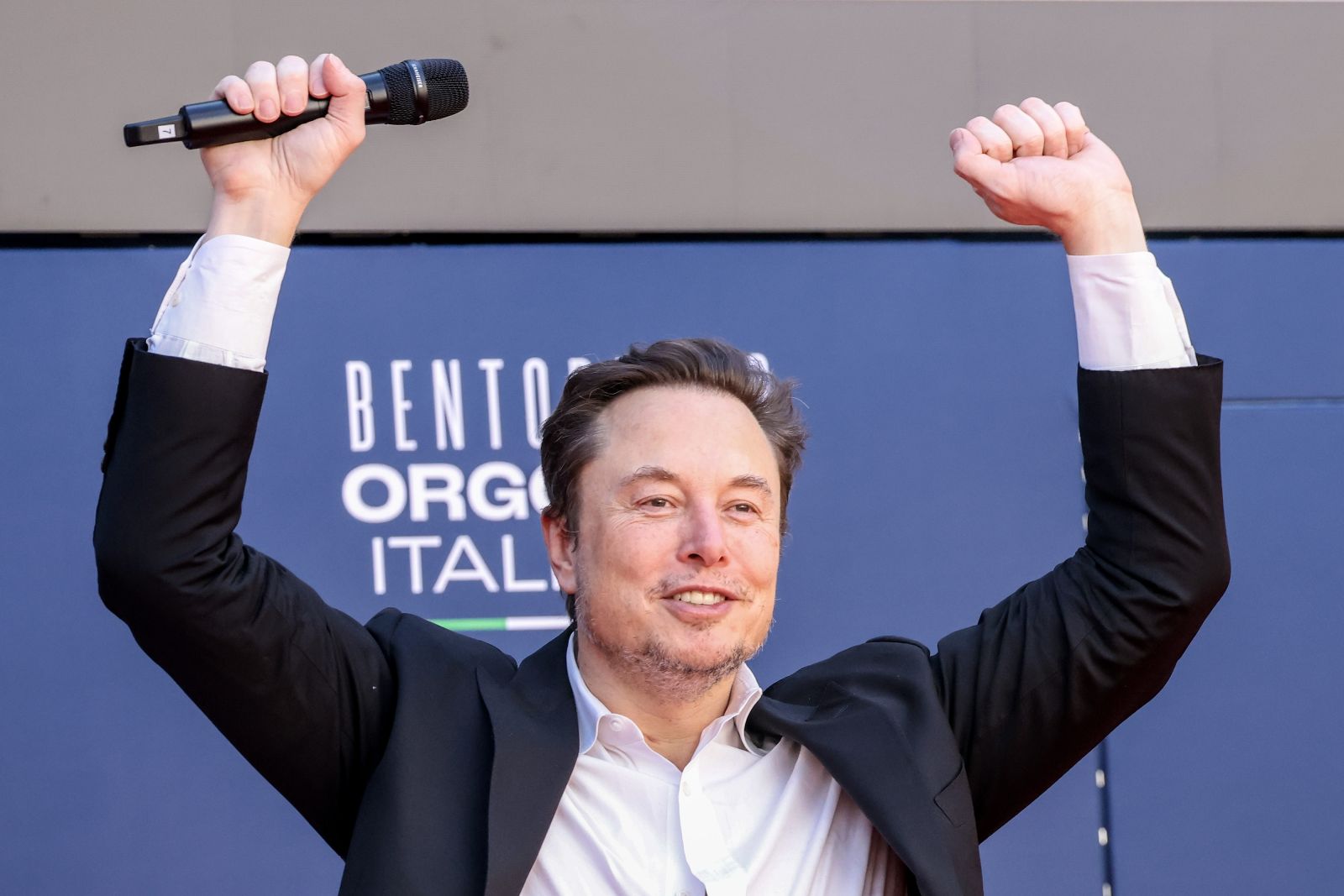The U.S. debt ceiling, which allows Congress to determine spending and revenue, then refuse to permit borrowing to cover the difference, seemed to give Republicans power that could have been catastrophic. However, the debt standoff ended up being far less consequential than the debt ceiling crisis of 2011, and the administration made hardly any major concessions. So, how did President Biden pull this off?
Several broader trends in the political environment probably strengthened Biden’s hand. Firstly, Democrats no longer seem to care much about the deficit scolds. Secondly, Republicans do not seem to care about the budget deficit, and their true lack of concern is out in the open. Thirdly, the Republican Party has largely backed off on its push to drastically shrink government.
It’s hard to avoid the sense that the GOP has, in general, lost interest in fiscal policy. All the real passion on the right now seems to revolve around social issues like ending abortion rights and expunging any mention of racism from history classes. Critics of Democratic politics used to berate activists for focusing on social issues while allowing Republicans to dictate the economic agenda. Now Republicans are waging war on the Disney corporation while the Biden administration establishes large-scale industrial policy to fight climate change.
Maybe it came down to this: Kevin McCarthy wasn’t willing to blow up the economy to extract policy concessions because he’s the leader of a party that no longer cares about policy. However, the mystery remains why the Republicans barely scratched Biden’s paint. Eventually, we may get a blow-by-blow account of how the debt negotiations went down.












